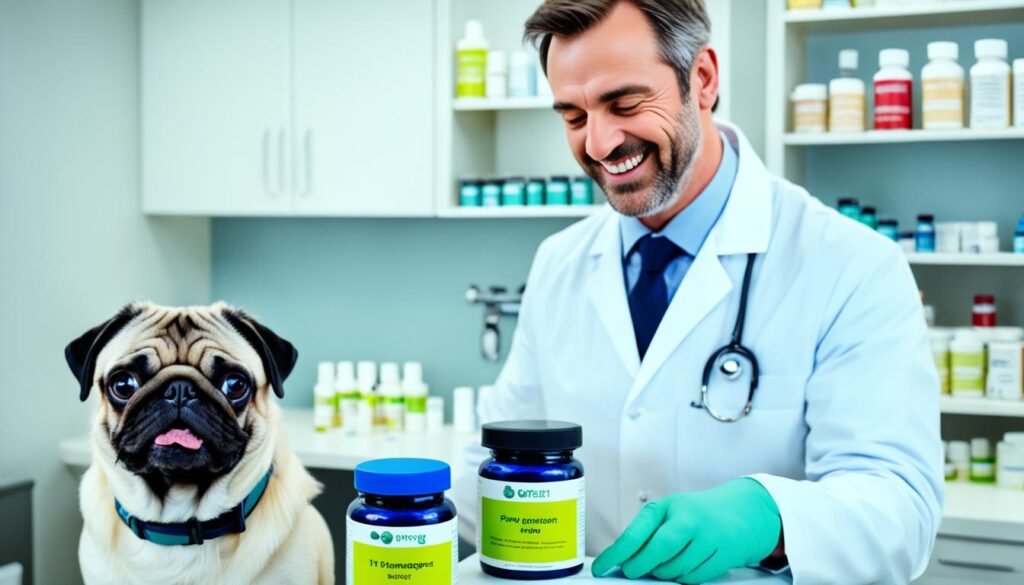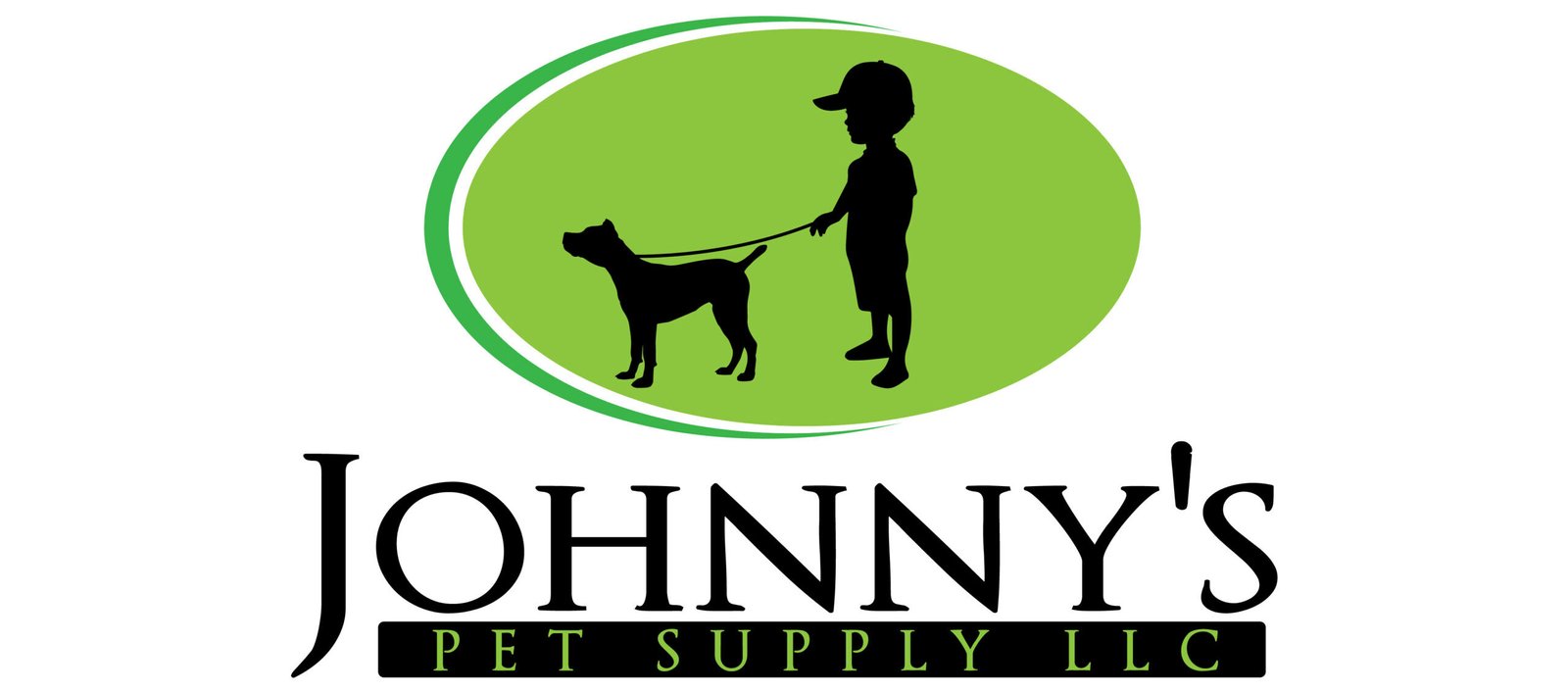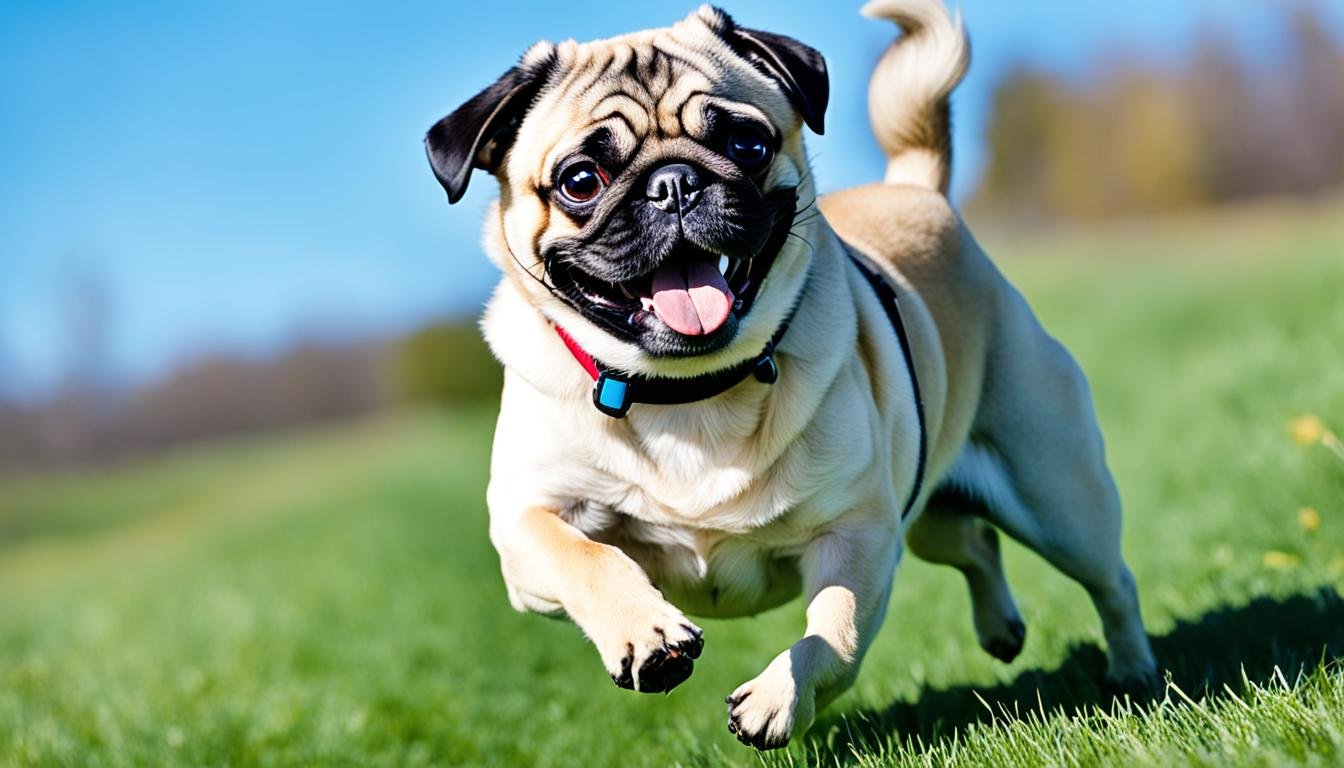How to avoid joint problems in aging Pugs
As my beloved pug ages, I worry about joint problems. This is a common issue for pugs. Arthritis can be tough, often from their active younger years. Jumping on and off furniture can stress their joints, leading to inflammation and wear.
I must take steps to keep my pug’s joints healthy. This way, they can stay comfortable and move easily as they get older.
Learning about arthritis signs in pugs and making a joint care plan with my vet is key. Adding natural joint supplements and keeping my pug at a healthy weight also helps. With these steps, I’m sure I can help my pug avoid joint problems in their older age.
Understanding Arthritis in Pugs
Arthritis is a common condition that can affect our beloved Pug companions as they age. This painful joint inflammation can severely impact their mobility and quality of life. By understanding the signs and symptoms of arthritis in pugs, we can take proactive steps to recognize and diagnose arthritis in pugs early, allowing for effective management and treatment.
Signs and Symptoms of Arthritis in Pugs
One of the most obvious signs of arthritis in Pugs is limping or difficulty moving freely. You may notice your Pug’s gait becoming stiff or hesitant, especially after periods of rest. Arthritic Pugs may also seem more tired and irritable, as the pain can take a toll on their energy levels and mood. Look for signs of licking, chewing, or biting the affected joints, as Pugs often try to soothe the discomfort. Muscle atrophy around the joints can also be a telltale symptom.
If you observe any of these signs and symptoms of arthritis in pugs, it’s crucial to diagnose arthritis in pugs by taking your Pug to the veterinarian for a thorough assessment. Your vet may recommend blood tests, X-rays, or a physical examination to confirm the presence of arthritis and develop an appropriate treatment plan.
Developing a Joint Care Plan with Your Vet
After your pug gets diagnosed with arthritis, your vet will help create a detailed joint care plan. This plan is key to effectively manage your pug’s arthritis and hip dysplasia.
Your vet will check your pug’s weight and overall health first. This step is important to find the right treatment. Then, your vet might suggest medication to ease your pug’s joint pain. They might also recommend joint supplements for better joint health over time.
The care plan will outline a schedule for treatments like regular injections. These help keep your pug’s joints working well. It’s crucial to stick to this plan and keep your vet informed about any changes in your pug’s health.

By working with your vet on a detailed joint care plan for pugs, you can actively manage your pug’s arthritis. This helps your furry friend stay mobile and live a good life.
How to avoid joint problems in aging Pugs
Keeping your aging pug’s joints healthy is key to their happiness. You can help by working with your vet and taking steps at home. This way, you can prevent joint problems in aging pugs and keep them active and comfy.
Consider giving your pug a daily joint supplement like turmeric, rose hip, glucosamine, or ginger. These can lessen inflammation and maintain pug joint health. Also, feed them a fresh, natural diet and keep them at a healthy weight. This helps reduce stress on their joints and keeps their joints healthy.

Using pet stairs or ramps can make it easier for your pug to move around. It also cuts down on strain on their arthritic joints. Make sure they have comfy, supportive beds and walk on smooth, non-slip surfaces. This helps maintain your pug’s joint health as they get older.
By following these pug joint health tips, you can help your aging pug stay away from painful joint issues. This way, they can enjoy their golden years with more mobility and comfort.
Benefits of Natural Joint Supplements
As our pugs get older, keeping their joints healthy is key. Natural joint supplements can help manage arthritis and keep them moving freely. Turmeric is a strong anti-inflammatory that can ease joint pain and support joint health.
Rose hip is another great option for pug joints. It’s full of antioxidants and anti-inflammatory compounds. Glucosamine is vital for joint cartilage and can be found in trachea, chicken feet, and bone broth. It’s a natural alternative to synthetic supplements.
Popular Natural Joint Supplement Options
Ginger is also good for arthritis pain and improving circulation in pugs. Always talk to your vet before adding new supplements to your pug’s diet. They can check if they’re safe and won’t interact with other medicines. Using natural joint supplements can make your pug’s life more comfortable and active as they age.

Maintaining a Healthy Weight for Joint Health
Keeping your aging pug at a healthy weight is key for their joint health. Too much weight can make arthritis pain and swelling worse. Work with your vet to find the right weight for your pug and keep it there.
A diet of fresh meats, organs, bones, and veggies is great for your pug’s health. It helps them stay at a good weight and lowers inflammation. It’s also important to watch how much you give them treats to keep their weight in check.
Exercise is also vital for pug obesity management and keeping pugs at a healthy weight. Your vet can tell you the best exercises for your arthritic pug. With a healthy diet and regular activity, you can help your pug stay at the right weight and ease joint strain.
Remember, diet tips for arthritic pugs can change based on their condition and needs. Always work with your vet to create a plan that helps your pug’s joint health and overall health.
Providing Comfortable Mobility Aids
As my pug’s arthritis gets worse, giving them comfortable mobility aids is key. Pet stairs or ramps help them get to furniture and high places without jumping. This reduces the strain on their joints. I’ll choose sturdy, wood-based options with a secure, non-slip surface for my pug.
This makes everyday tasks easier for my aging pug. It helps them stay active and comfortable despite arthritis challenges.
Mobility aids like mobility aids for arthritic pugs are a big help. Pet stairs for pugs and ramps for pugs make it easier for them to move around. They reduce the strain on their joints. These simple solutions greatly improve my pug’s comfort and independence.
Choosing the right mobility aids is crucial for managing my pug’s arthritis. They provide the support and help my pug needs. This lets them keep moving and enjoy their favorite activities as their condition gets worse. It’s a small but important way to make their golden years better and more comfortable.

